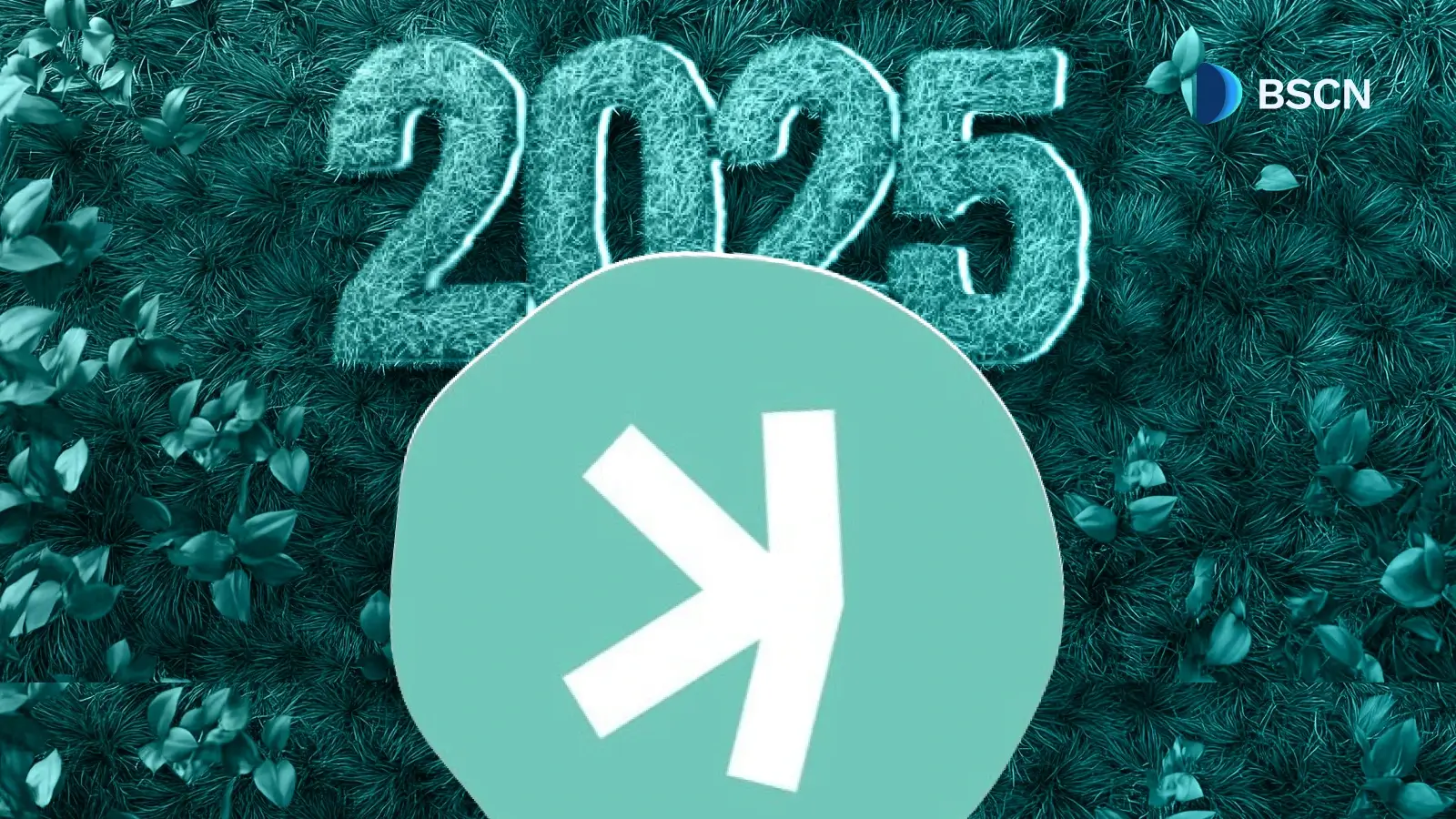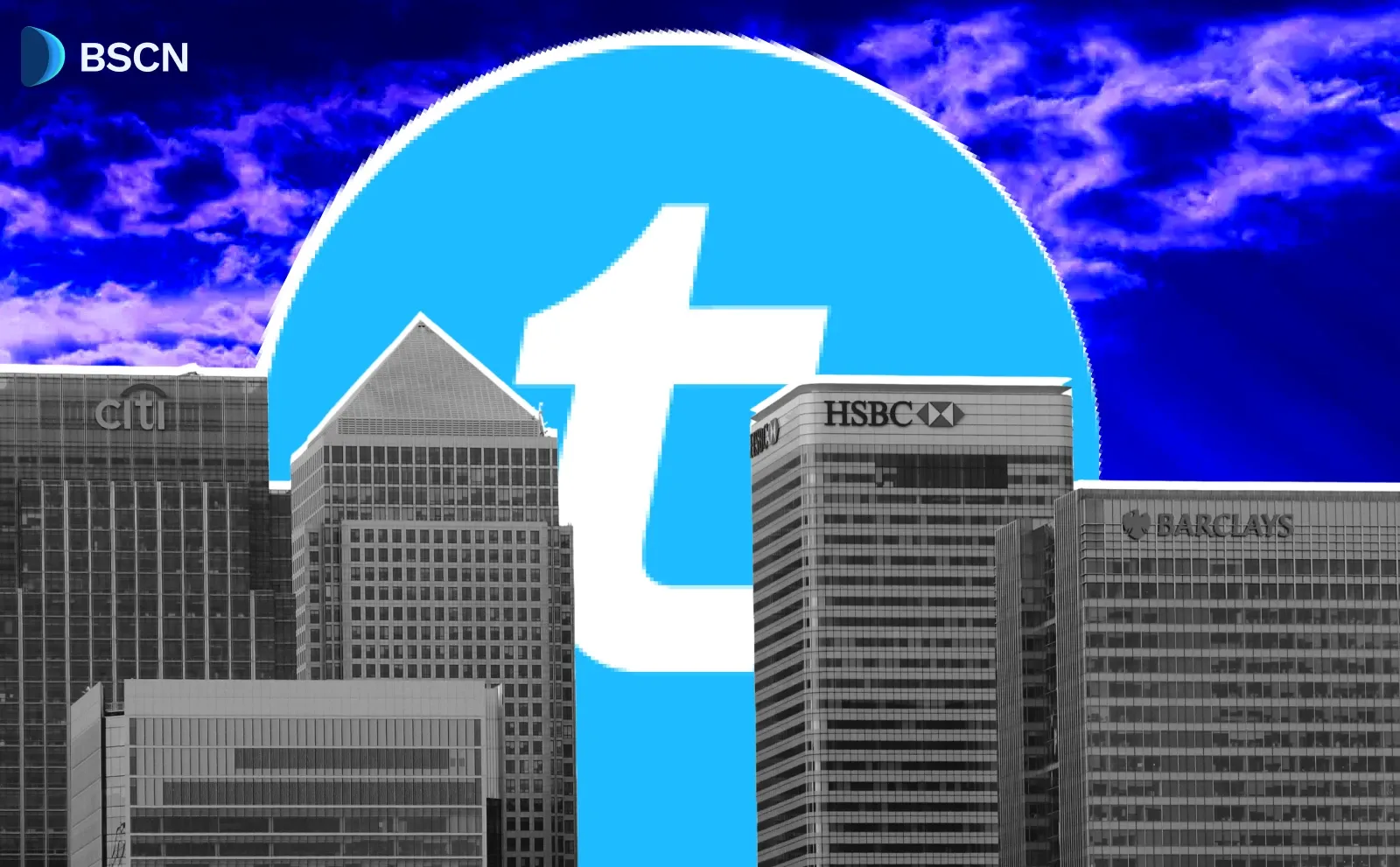Research
(Advertisement)
CoreDAO H2 2025 Roadmap: Key Details Revealed

Exploring CoreDAO’s 2H 2025 roadmap, featuring lstBTC, stablecoin integration, and CoreFi Strategy.
UC Hope
July 10, 2025
(Advertisement)
Table of Contents
CoreDAO has unveiled its detailed roadmap for the second half of 2025 (2H 2025) following its snapshot back in June. Announced on July 9, 2025, via an official post on X, this strategic plan aims to enhance the integration of Bitcoin with Decentralized Finance (DeFi) while scaling its ecosystem.
With initiatives ranging from the launch of liquid staked Bitcoin (lstBTC) to the public debut of CoreFi Strategy, CoreDAO is positioning itself as a key player in the BTCfi space.
CoreDAO’s Role in BTCfi
CoreDAO operates the Core blockchain, a platform that combines Bitcoin’s security with Ethereum’s scalability through its unique Satoshi Plus consensus mechanism. This hybrid approach integrates Proof of Work (PoW) from Bitcoin mining with Delegated Proof of Stake (DPoS), allowing miners to earn supplemental CORE token rewards.
With over 5,700 Bitcoin staked and a total value locked (TVL) exceeding $850 million, the blockchain platform has established a strong presence in the BTCfi sector. The 2H 2025 roadmap builds on this foundation, aiming to introduce new assets, improve user experience, and attract both retail and institutional investors.
Breakdown of the CoreDAO 2H 2025 Roadmap
The CoreDAO 2H 2025 roadmap, detailed in a thread on X, outlines seven core initiatives. Here’s a closer look at each component:
Launch of lstBTC: A New Era for Liquid Staked Bitcoin
One of the standout features of the roadmap is the upcoming launch of lstBTC, a liquid staked Bitcoin asset designed to generate yield while maintaining liquidity. This builds on the success of CoreBTC, CoreDAO’s first native bridged Bitcoin asset, which facilitated trust-minimized bridging from the Bitcoin blockchain to the Core ecosystem.
The lstBTC initiative, supported by Maple Finance for staking and powered by Core for yield generation, aims to further evolve this model. According to the roadmap, every time BTC or Wrapped Bitcoin (WBTC) is converted into lstBTC, CORE tokens will be acquired and staked, potentially boosting network participation. This could appeal to Bitcoin holders seeking passive income without sacrificing liquidity.
Native Integration of Major Stablecoins
CoreDAO plans to integrate major stablecoins, such as USDT and USDC, natively into its ecosystem. Unlike wrapped versions, these stablecoins will be supported directly, with platforms like Symbiosis Finance enabling seamless cross-chain transactions.
This move is expected to enhance DeFi functionality within Core, offering users greater stability and interoperability. The roadmap hints at a significant announcement regarding one of the world’s largest stablecoins, though specific details remain pending. This integration could attract a broader user base, including those already familiar with stablecoin-based DeFi platforms.
Hardware Wallet Integration for Secure BTC Staking
Security remains a priority for CoreDAO, with plans to integrate major hardware wallets like Coolwallet Pro to enable BTC staking. Approximately 25% of all Bitcoin is stored in hardware wallets, making this a strategic target for adoption. By allowing users to stake BTC securely from these devices, CoreDAO aims to cater to risk-averse investors who prioritize self-custody.
While current non-custodial BTC staking does not yet support hardware wallets due to technical constraints, the roadmap indicates active development to address this, promising a safer staking experience in the near future.
Public Launch of CoreFi Strategy
The roadmap includes the public launch of CoreFi Strategy, led by CoreFi Strategy Corp, a subsidiary of Defi Technologies. This initiative will introduce a regulated, leveraged approach to Bitcoin yield, incorporating both CORE and BTC staking. Drawing inspiration from models like MicroStrategy, CoreFi Strategy aims to bring CoreDAO to public markets, potentially listing on exchanges like Cboe Canada.
With a $20 million CORE token commitment from the Core Foundation and plans for an additional $20 million in financing, this move could attract institutional investors looking to diversify their Bitcoin holdings with yield opportunities.
Revenue Sharing Protocol Upgrade
To foster a thriving developer ecosystem, CoreDAO will implement a revenue-sharing protocol upgrade. This initiative will distribute protocol fees among stakers, validators, and participants based on user activity, aligning builders with the network’s growth. This model supports CoreDAO’s deflationary token economics, incentivizing the creation of decentralized applications (dApps) and enhancing ecosystem utility.
The upgrade is a step toward making Core the preferred platform for developers, with potential rewards tied to user engagement.
Fee Splitting and Staking Enhancements
The roadmap includes a staking upgrade featuring fee splitting, which will adjust rewards based on the Core-BTC staking ratio. This aligns with the Satoshi Plus consensus, which combines Bitcoin mining and staking to optimize rewards. By enhancing the dual staking model, CoreDAO aims to improve the economic incentives for network participants, ensuring a balanced distribution of rewards. This could strengthen the network’s security and encourage long-term staking commitments.
Local Fee Markets and Performance Optimizations
To improve user experience, CoreDAO will introduce local fee markets, dynamic fee structures based on network conditions, along with fee splitting and other performance updates. These changes aim to reduce congestion, lower transaction costs, and enhance accessibility. By optimizing blockchain economics, CoreDAO seeks to make its network faster and more affordable, a critical factor for mass adoption in the competitive DeFi space.
Generally, the CoreDAO 2H 2025 roadmap positions the organization to address the blockchain trilemma, balancing security, scalability, and decentralization, while enhancing user experience. The integration of stablecoins and hardware wallets targets retail and institutional users, respectively, while revenue sharing and performance upgrades aim to attract developers and ensure network efficiency. The CoreFi Strategy launch could legitimize CoreDAO’s role in BTCfi, potentially attracting significant investment.
Conclusion: A Pivotal Moment for CoreDAO
CoreDAO’s 2H 2025 roadmap marks a pivotal moment for the organization, with plans to enhance Bitcoin’s role in DeFi through lstBTC, stablecoin integration, and secure staking options. The public launch of CoreFi Strategy and ecosystem incentives like revenue sharing aim to drive adoption and development, while performance upgrades promise a more efficient network.
In the meantime, the crypto community watches with interest as CoreDAO works to reshape the BTCfi landscape. For the latest updates, follow CoreDAO on X and explore resources like coredao.org for more details on this evolving journey.
Read Next...
Disclaimer
Disclaimer: The views expressed in this article do not necessarily represent the views of BSCN. The information provided in this article is for educational and entertainment purposes only and should not be construed as investment advice, or advice of any kind. BSCN assumes no responsibility for any investment decisions made based on the information provided in this article. If you believe that the article should be amended, please reach out to the BSCN team by emailing [email protected].
Author
 UC Hope
UC HopeUC holds a bachelor’s degree in Physics and has been a crypto researcher since 2020. UC was a professional writer before entering the cryptocurrency industry, but was drawn to blockchain technology by its high potential. UC has written for the likes of Cryptopolitan, as well as BSCN. He has a wide area of expertise, covering centralized and decentralized finance, as well as altcoins.
(Advertisement)
Latest News
(Advertisement)
Crypto Project & Token Reviews
Project & Token Reviews
Comprehensive reviews of crypto's most interesting projects and assets
Learn about the hottest projects & tokens

















